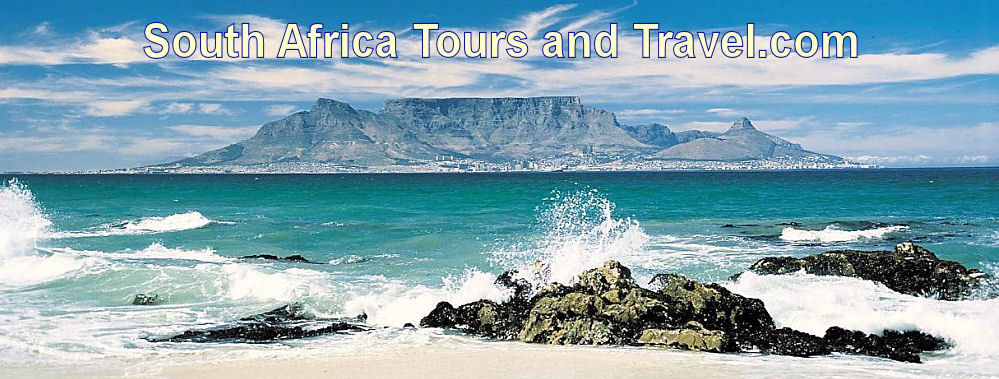You are here:
-
Home
›
-
National parks in South Africa
›
-
Kgalagadi Transfrontier National Park
›
-
Kgalagadi National Park's climate
Typical Kalahari desert climate
in the Kgalagadi Transfrontier National Park
The Kgalagadi Transfrontier National Park has a
typical Kalahari desert climate, characterized by great extremes, not only in extremes in appearance,
but also extremes in temperatures.
Temperature variations of up to 40 degrees Celsius within a 24hr period, are not uncommon.
Spectacular landscapes simmering under the blazing desert sun, that is the Kgalagadi Transfrontier
Park, situated in the most northern corner of the Northern Cape province, bordering Namibia on the
one side and crossing the border into Botswana on the other side.
The seasons
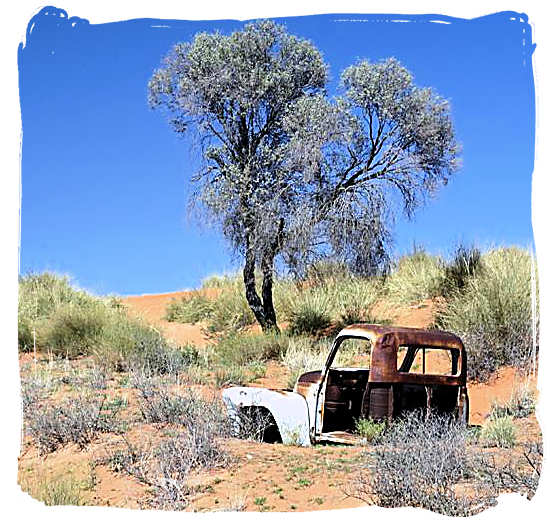
This one didn’t survive
Kalahari Desert Climate in the Kgalagadi Transfrontier National Park
Photograph by Eddy Westveer of www.eddywestveer.com
The Kgalagadi Transfrontier Park has a typical arid to semi-arid climate, very hot and very dry for much of
the year. There is what one can call a rainy season during the summer months. The summer season begins in
November and ends in March, with very high temperatures.
The winter season runs from May to the end of August, dry with virtually no rainfall. The in between periods,
April/early May and September/October, still tend to be dry, but the days are cooler than in summer and the
nights are warmer than in winter.
Kgalagadi's seasons are as follows:
- Winter or Dry Season: May to August.
- Pre-rainy Period: September to October.
- Summer or Rainy Season: Novermber to April.
- Most Rainy month is April.
The rainfall
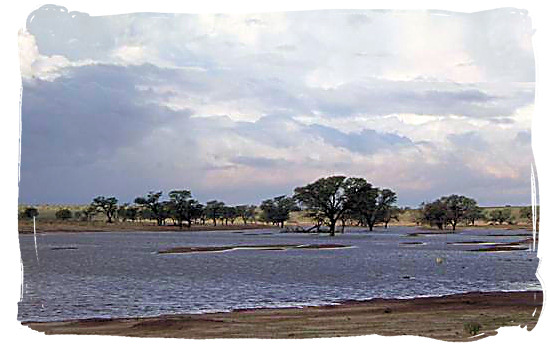
The Kalahari after a few of those rare heavy thunder storms
Kalahari Desert Climate in the Kgalagadi Transfrontier National Park
Photograph by Annie Austin
The rainfall in the Kgalagadi is rarely more then 100mm per annum and tends to be erratic, unpredictable and
highly regional. Most if it falls during heavy thunderstorms, often accompanied by strong winds and dust
storms.
Often a heavy downpour may occur in one area, while 10 or 15 kilometres away there is no rain at all. Showers
are often followed by strong sunshine so that a good deal of the rainfall does not penetrate the ground but
is lost to evaporation and the vegetation will soon wither.
The temperatures
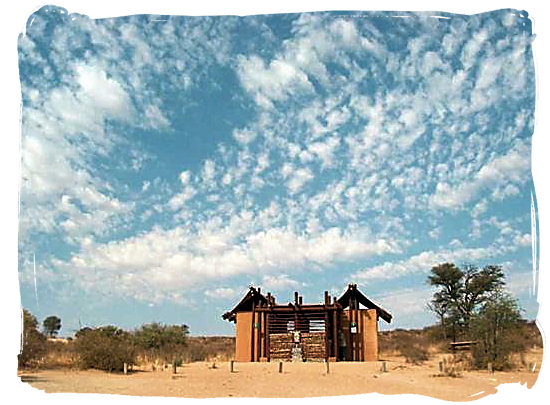
Rest rooms at the Dikbaardskolk pick nick site
Kalahari Desert Climate in the Kgalagadi Transfrontier National Park
Photograph by Morne Stevens
In summer (November to April), day temperatures in the Kgalagadi average between 35 and 38 degrees Celsius,
often exceeding the 40 degrees Celsius mark. Summer nights are warm, with temperatures averaging around 20
degrees Celsius.
Winters are clear skied and bone-dry, the air seductively warm with day temperatures averaging around 25
degrees Celsius during the daylight hours. Because there is no cloud cover the nights are very cold, sometimes
bitterly so, with temperatures below freezing, sometimes getting as low as -10 degrees Celsius.
The humidity
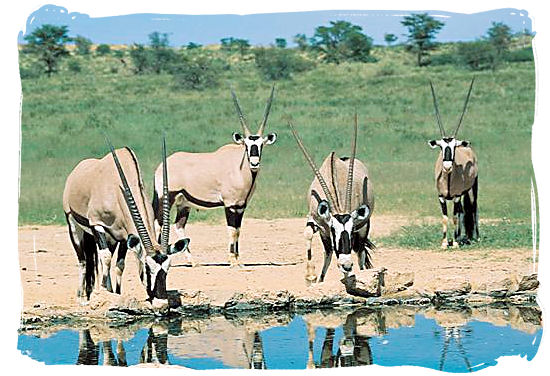
Gemsbok at a waterhole in the Kgalagadi
Kalahari Desert Climate in the Kgalagadi Transfrontier National Park
In summer during the morning period humidity ranges from 60 to 80% and drops to between 30 and 40% in the
afternoon. In winter humidity is considerably less and can vary between 40 and 70% during the morning to
between 20 and 30% in the afternoon.
For visitors, the best game visiting months are from April through to October, in terms of both weather and
game viewing. It is during this period that the wildlife of the great spaces gather around what water there
is in the natural waterholes and the borehole-fed dams and are at their most visible.
<< Top of Page
-
Home
›
-
National parks in South Africa
›
-
Kgalagadi Transfrontier National Park
›
-
Kgalagadi National Park's climate
